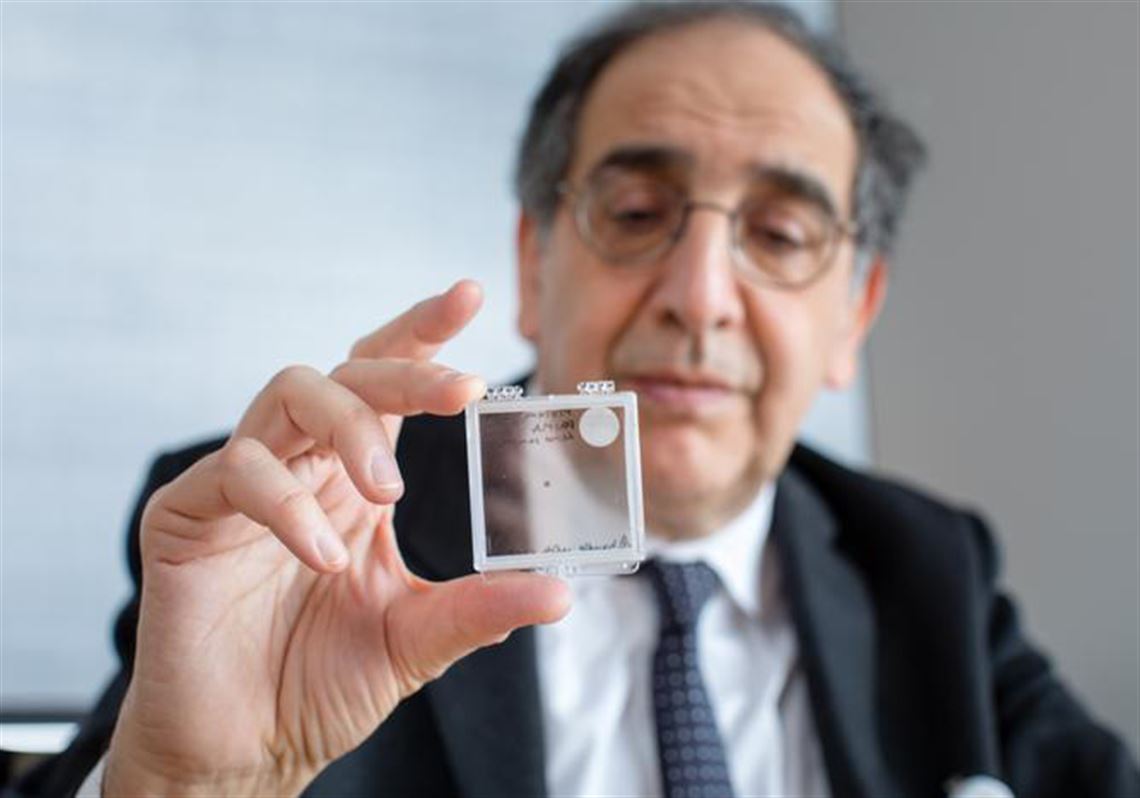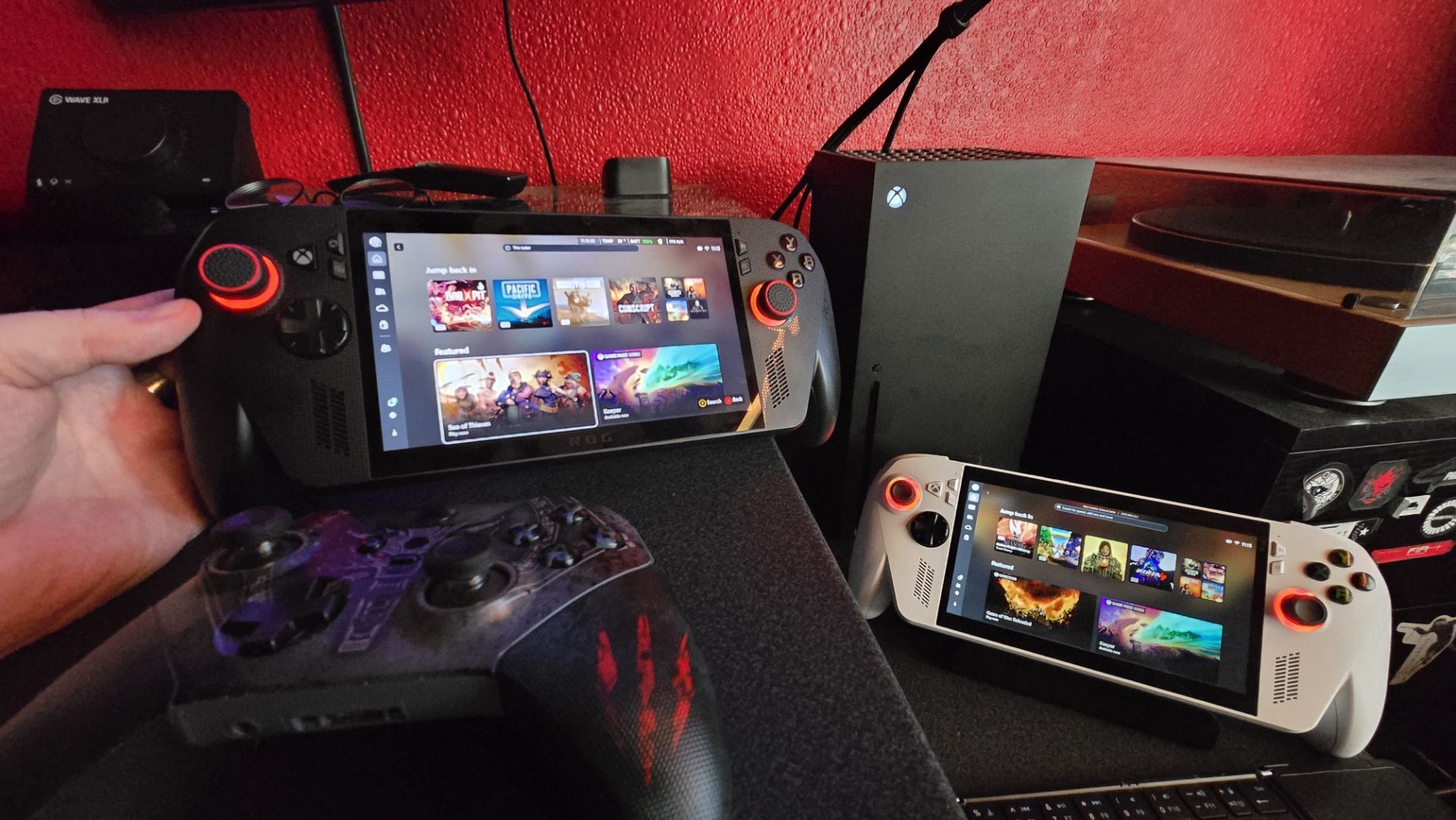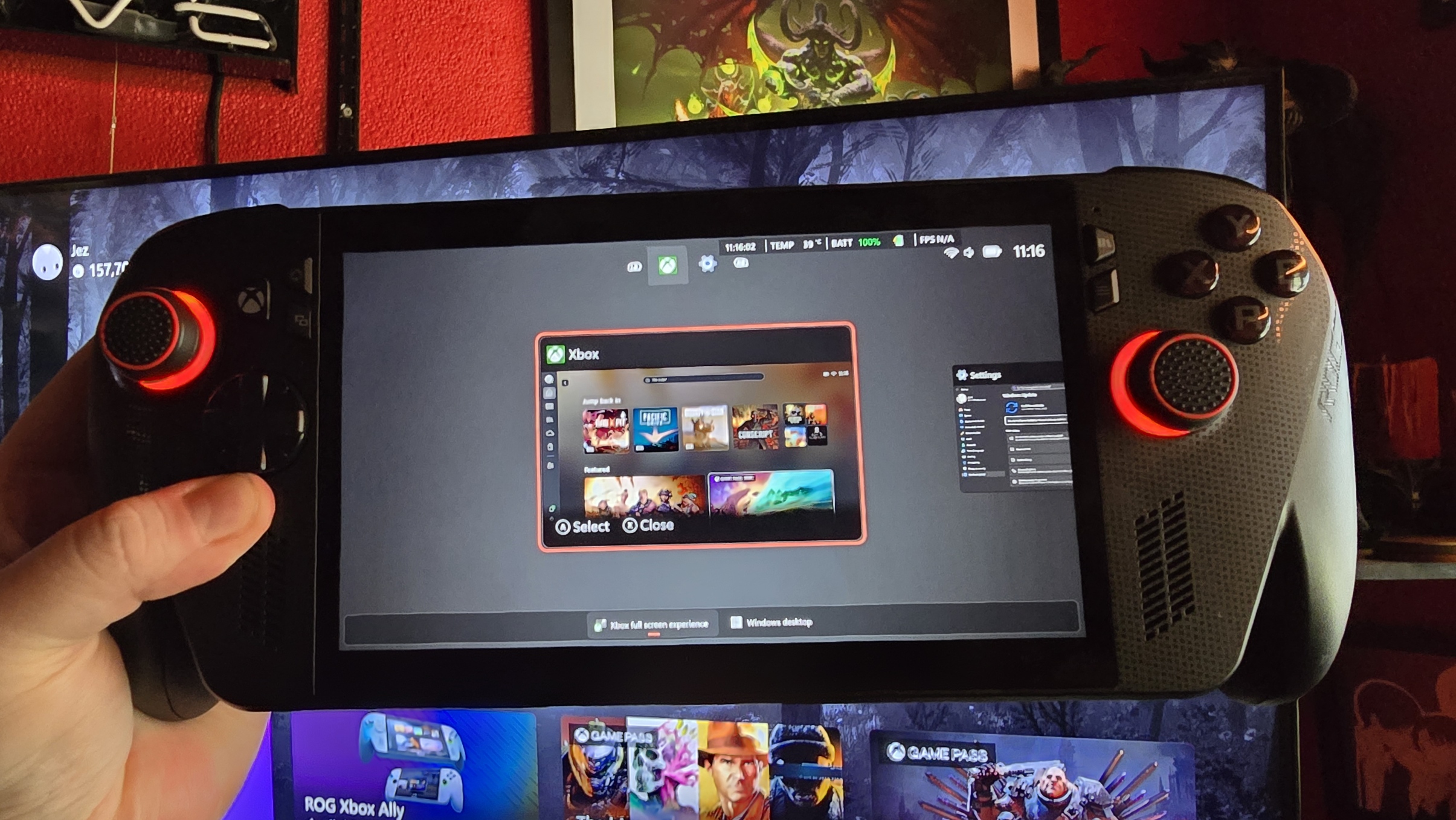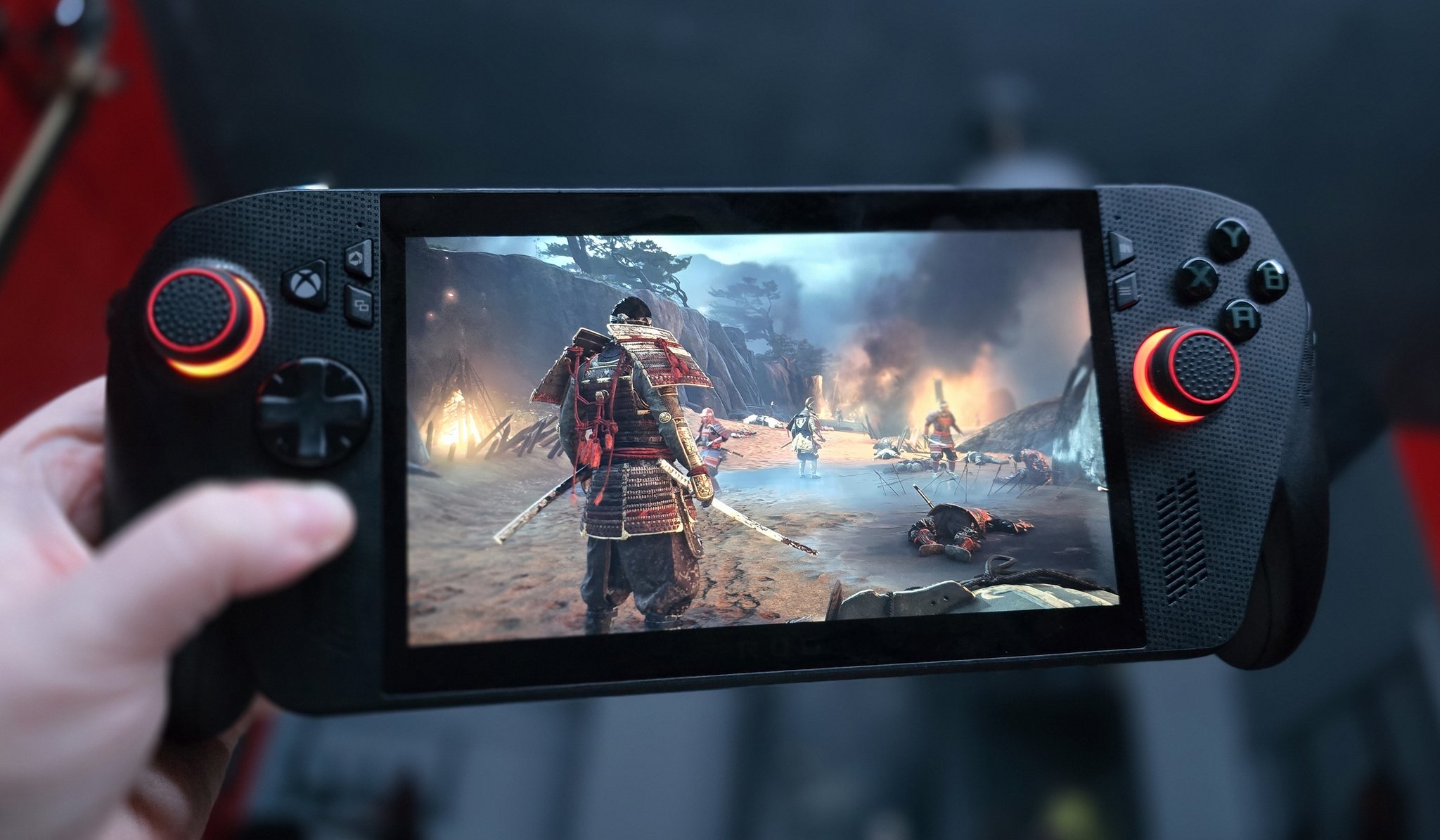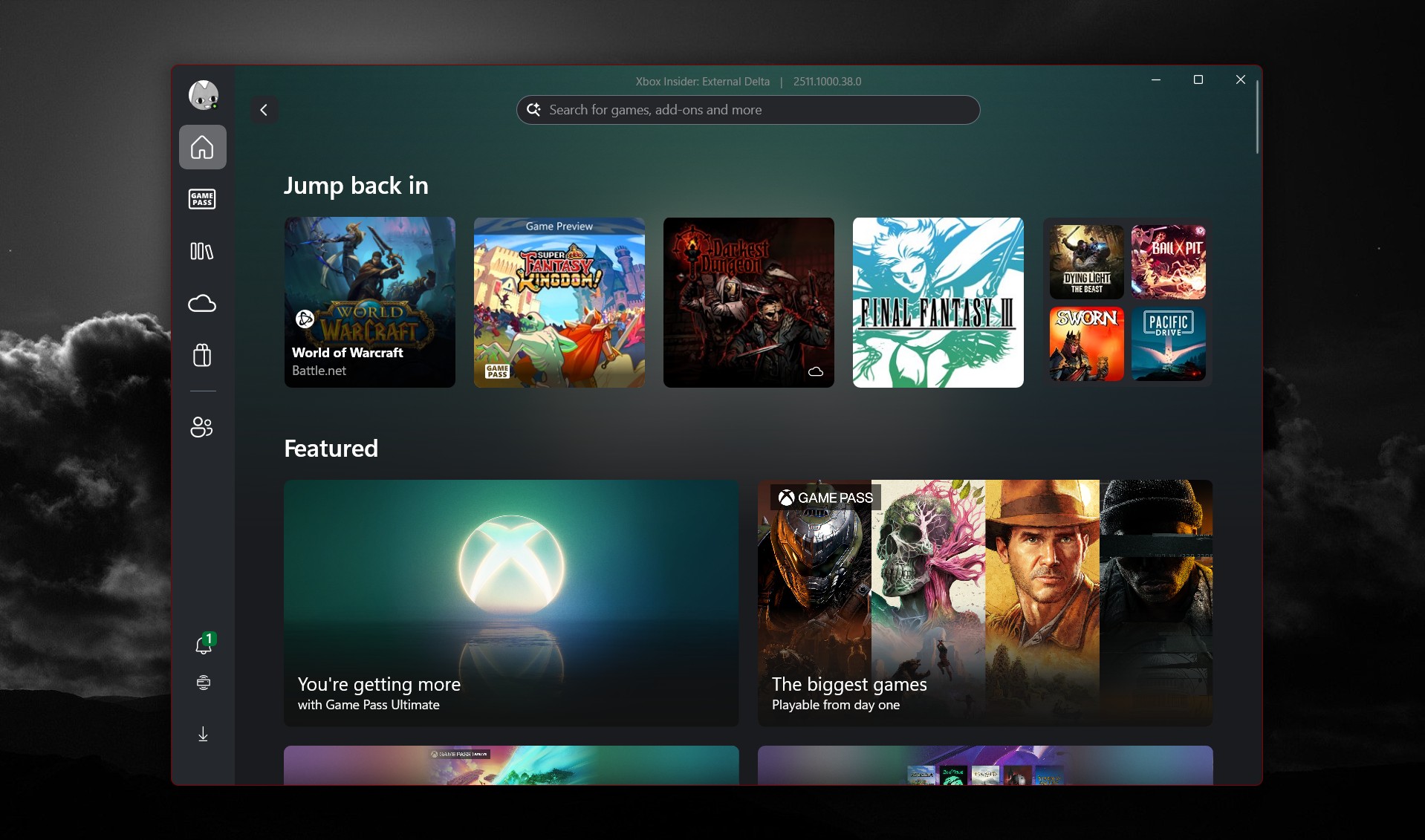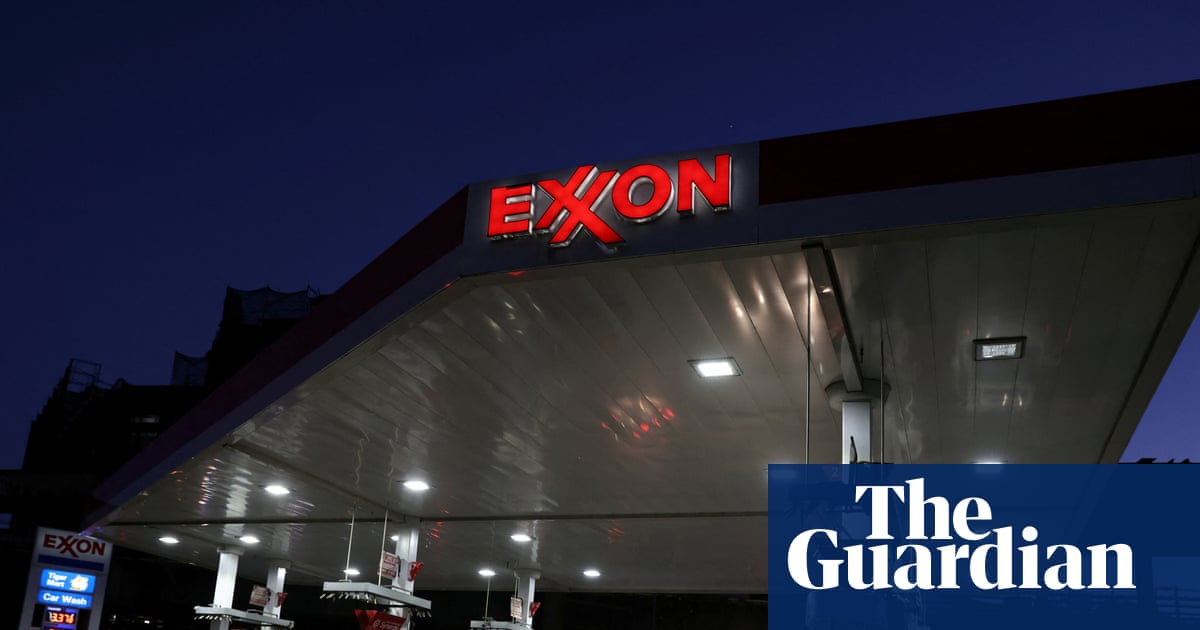Xbox is dead, long live Xbox! As the saying goes.
No gaming platform in history has been declared dead as many times as Xbox, yet live, it still does. Microsoft itself earned itself plenty of the condemnation though, when you put the clickbaitery aside.
What we know: The next-gen Xbox from Microsoft will be a curated Windows gaming PC, complete with your full native console library
Xbox CEO Phil Spencer has been teasing for years what next-gen will look like for Xbox, as people wondered exactly how this strategy might pan out. Last week, Phil Spencer said that people should look to the Xbox Ally for an idea of where Xbox is headed, and we spoke to our trusted sources over the weekend to learn a bit more about what that means.
As many of us has come to expect, the next Xbox will indeed run full-bore Windows, with a TV-optimized, console-style experience layered on top. Microsoft decided to side-line its own Xbox handheld plans and go to market with the Xbox Ally in partnership with ASUS this year to start gathering feedback on the experience that will essentially power its next wave of “console” hardware. I’m told that Microsoft still plans to make its own Xbox handheld eventually too, along the lines of this new plan. Xbox President Sarah Bond has teased a variety of first-party Xbox hardware, made in partnership with AMD. What will all of this look like, though?
We are 100% looking at making things in the future. We have our next-gen hardware in development. We’ve been looking at prototyping, designing. We have a partnership we’ve announced with AMD around it, so that is coming.
Xbox President, Sarah Bond
Indeed, the Xbox Ally and Xbox Ally X, with its Xbox Full Screen Experience is essentially what the next Xbox will look like. It’s not dissimilar to the SteamOS interface and Big Picture Mode, which allows you to exit out into full Linux at will. Similarly, the Xbox Full Screen Experience will allow you to exit out to full Windows if you want to, and run competing stores like Steam, Epic Games Store, Microsoft’s own Battle.net, the Riot Client, and indeed anything else you want. Indeed, you could run Adobe CC or Microsoft Office on the next Xbox, if you so choose.
Where the Xbox console will differ from a traditional Windows PC is that it will feel like a traditional Xbox console out of the box. The onboarding experience will be similar to what you get today on console, and if you choose, you can remain fully inside the Xbox ecosystem never touching Windows itself. Exiting out to Windows will be for those who want to access games traditionally not available on Xbox, including PlayStation games on Steam, mouse and keyboard-first games like League of Legends, or even classic games from GOG and the like.
You will be able to run PlayStation’s PC titles like God of War, Ghost of Tsushima, and Spider-Man on the next Xbox, purchased via Steam or Epic Games. You will be able to play World of Warcraft on the next Xbox, via Battle.net. You’ll also be able to install practically any game that runs on Windows, giving you access to decades upon decades of content all on a single device.
Microsoft is working hard across the Xbox and Windows teams to optimize the platform for TVs and controllers, bringing the original “Windows in the living room” vision from the OG Xbox to fruition after 25 years.
Furthermore, thanks to new silicon from AMD (already approved all the way up to CFO Amy Hood and CEO Satya Nadella), the new Xbox will also run all games currently available on the Xbox Series X|S library. This means all the OG Xbox back compatible games, all the Xbox 360 back compatible games, all the Xbox One back compatible games, and all the current and future Xbox Series X|S games. These games will run natively on the new Xbox, and launch seamlessly via the Xbox launcher’s library.
Like any new console generation, developers will likely continue supporting the Xbox Series X|S development environment for several years after the new Xbox drops in. Over time, more and more games will get next-gen Xbox native versions too, targeting the specific configuration therein. AI-powered technologies like Auto Super Resolution and next-gen frame generation will boost Xbox Series X|S games running on the new hardware, but developers will also have the option to target the new box directly with Xbox Play Anywhere versions and Xbox’s Smart Delivery tech.
New technology Microsoft is developing, alongside the “fixed” nature of the hardware should eliminate a lot of the inconveniences that sometimes come with PC gaming. Things like compiling shaders, etc, shouldn’t be an issue on the new Xbox, for example. Microsoft is also working on additional ways to reduce Windows overheads to the benefit of all PC gamers, Xbox or not.
Speculation: What happens to Xbox Game Pass and PC Game Pass in this scenario? How much will all this cost?
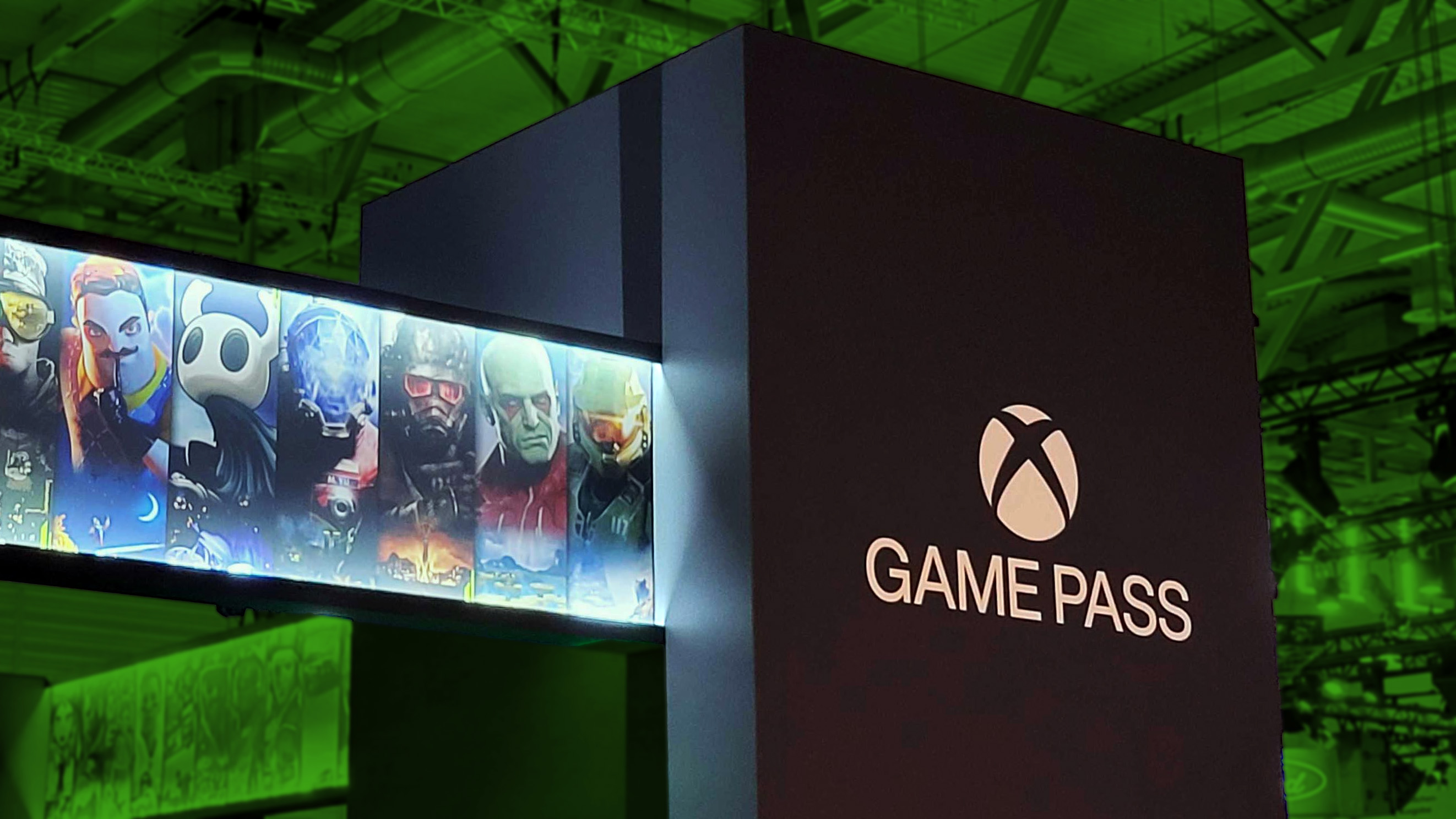
One question that is still being worked out at Microsoft revolves around Xbox Game Pass. Right now, PC Game Pass gets all day one Xbox games, including Call of Duty, for much cheaper than Xbox Game Pass Ultimate on console. If the next Xbox is a PC, am I supposed to be using PC Game Pass there instead of Xbox Game Pass Ultimate?
Right now, I’m told the current plan is for the next Xbox specifically to have no paywall for multiplayer. It wouldn’t make a lick of sense for a “PC” to have paid multiplayer, particularly since it would create a strong incentive for players to simply install Steam instead of use the Xbox ecosystem on that device for online games. It remains to be seen if that plan actually plays out into reality, though.
What I expect we could see is PC Game Pass being rebranded somehow. On the Xbox Game Pass website, “PC Game Pass” is de-emphasized, and almost hidden away, underneath the three main tiers. I wouldn’t be surprised if we see this deprecated in the future, given that Xbox Game Pass Standard and Premium both now include some PC games. The idea of a per-device Game Pass doesn’t make a huge amount of sense in a universe where Xbox console and PC merge. But we’ll have to wait and see how that plays out.
What about the price, though? Xbox President Sarah Bond warned recently that the next Xbox would be a premium experience, likely hinting at a higher-than-usual price.
In theory, the next Xbox should still be cheaper than buying the equivalently-powerful gaming PC. Economies of scale and bulk-purchasing deals with AMD and others will help drive costs down, buoyed by the fact Microsoft doesn’t have to pay itself for the Windows license. Microsoft’s front-loading of the Xbox ecosystem also helps to subsidize costs to some degree. Despite the box being open to other stores, most casual gamers will still remain in the Xbox ecosystem for most of their play and purchases.
Many of the biggest games on Xbox today, such as Fortnite, Roblox, and Minecraft, aren’t on Steam, and likely aren’t headed there in the near future. You can expect Battle.net games like World of Warcraft to also head natively to Xbox in the future as well. Despite being available on Steam, the vast majority of Diablo and Overwatch PC players still prefer Battle.net.
Microsoft offers developers a more preferential rate on its PC store, 12% compared to Steam’s 30%, I’m told this will remain in place for developers building games for the Xbox PC ecosystem, adding a powerful incentive for publishers to support competition in that space. However, that likely reduces the amount of subsidizing Microsoft would’ve traditionally done for its own hardware.
I think it’s fair to expect that the next Xbox will be more expensive than the PlayStation 6, but it could remain the most cost-effective curated on-boarding to the world of PC gaming the market has ever seen. And then, there’s other factors at play that could make it even more affordable.
Analysis: A risky strategy with a huge potential payoff if executed well
The Xbox Ally experience is essentially the public beta test for how all of this will work. Today, if you dock the Xbox Ally X to a TV, powered by the Z2 Extreme, you’re testing the next Xbox.
Where the Xbox Ally is disadvantaged, at least for Xbox console users, is the lack of the Xbox console library. There are more Xbox Play Anywhere (dual-license PC and console Xbox games) than ever, most AAA publishers aren’t onboard with this ecosystem just yet. Increasingly, though, it’ll become the default ecosystem for publishers, particularly if they want to support a PC gaming universe where they get 88% of the revenue rather than 70%. I could see a world where PlayStation builds out its PC app, and simply puts that out on the next Xbox so they can take 100% of the cut home instead of just 70% from Steam, or 88% from Epic Games.
Execution is absolutely key, though. The experience on the Xbox Ally isn’t always the best. Weird Windows quirks like user account control pop-ups, surfacing of Windows Phone games in the library, lack of community features both for players and developers, and a lack of organic developer support all remain big challenges for the Xbox PC ecosystem. Things have improved immeasurably since Microsoft started taking a greater interest in this space, but it’s unclear just how quickly Microsoft can adapt the decades of programmatical spaghetti that is Windows to a comfortable TV-first experience.
On the Xbox Ally today, the Xbox app still has responsiveness issues and the multi-tasking experience isn’t always consistent. But next-gen isn’t hindered by a hard deadline here. The landing strip I’ve seen for next-gen Xbox hardware has always pointed to 2027. This experience needs to be ready when it launches, with every possible kink ironed out. And that’s a lot of kinks. No, not that kind of kink, although with Xbox being so open next-gen you could certainly download a lot of games like that if you want to. As well as mods. Not that I’d want to, I mean I’m just saying you could. If you wanted to. You that is, not me.
Anyway. This is something no company has tried to do on this scale before. Valve is working on its own “gaming console” Steam OS-powered experience, that will sport both PlayStation and Xbox games on a single device. Xbox has the advantage of maintaining direct access to some of the world’s most popular games, like Minecraft, Fortnite, and Roblox, as well as kernel-level anti-cheat which can cause issues still on Steam OS in competitive multiplayer titles. Those advantages aren’t impossible for Valve to overcome over time, though.
In theory, the next Xbox will have more games, more content, than any other video game device in history, combining games locked to the Xbox console ecosystem, while sporting full open access to every PC storefront and launcher on earth.
There are plenty of unanswered questions that will doubtless become clearer over time. Do people actually want this kind of experience? Will it be simple enough to feel seamless for fans accustomed to the plug-and-play nature of consoles? Will it be affordable enough, despite being premium? Without the promise of exclusive content, will people feel like they’re losing out despite how open this thing will be? Beyond the Microsoft-made Xbox, will OEMs like ASUS or Razer have a role to play making more affordable versions, or perhaps even more expensive hyper-premium versions? Will Banjo 3 be on it?!?!
There’s still a range of unanswered questions about next gen, but there’s other things on the horizon Xbox console players can look forward to. Xbox has a partner preview showcase coming in November I’m told, where Xbox Play Anywhere will feature heavily (with most, if not all games being XPA). There’s an Xbox Elite Controller Series 3 approaching its reveal too as well. We might even see other “Xbox PC” devices from ASUS based on the Z2 Extreme next year, designed for your TV, rather than your hands. And who knows what else is cooking.
In any case, Microsoft is ripping up the entire rulebook with its next-gen plans. And I, for one, am excited to see where it all ends up.

Follow Windows Central on Google News to keep our latest news, insights, and features at the top of your feeds!
First Appeared on
Source link







